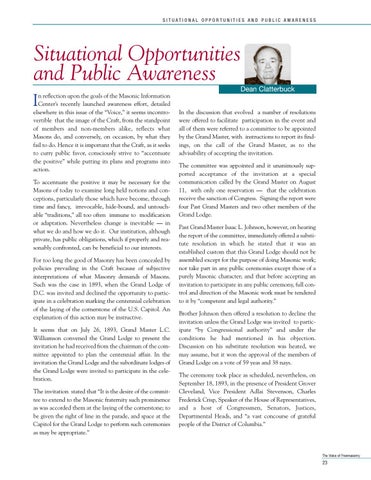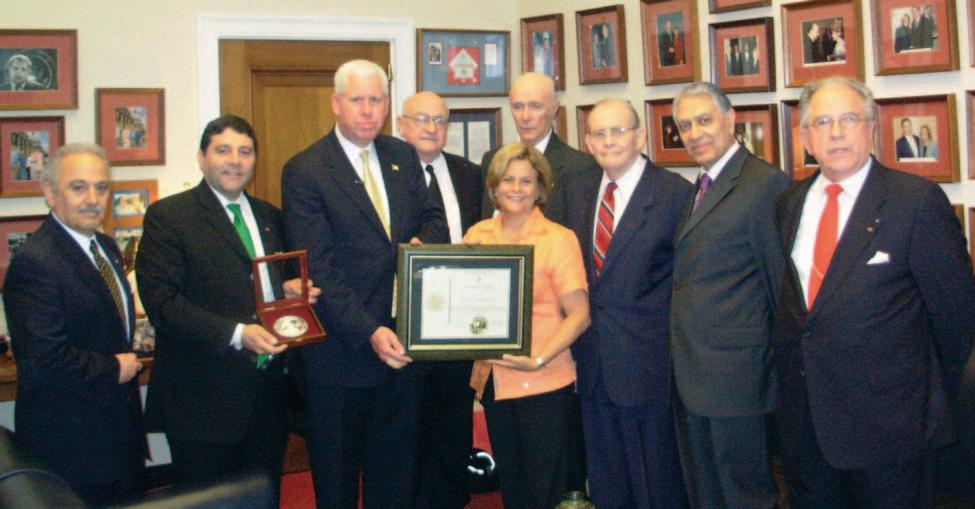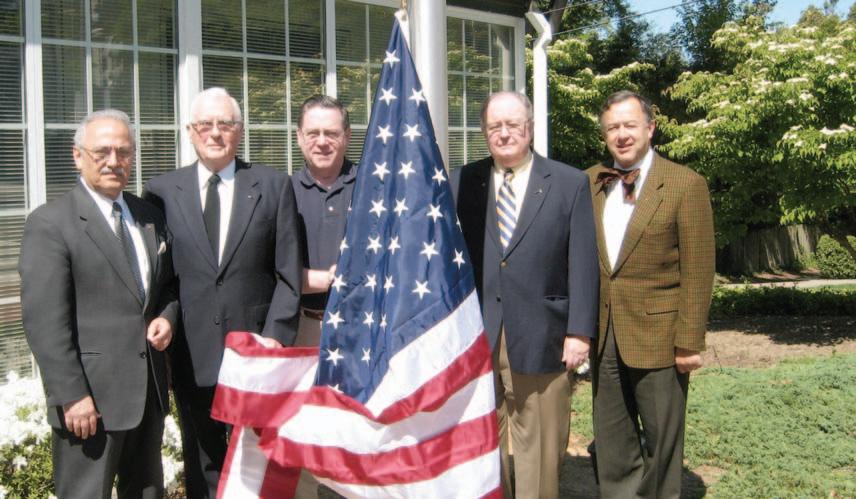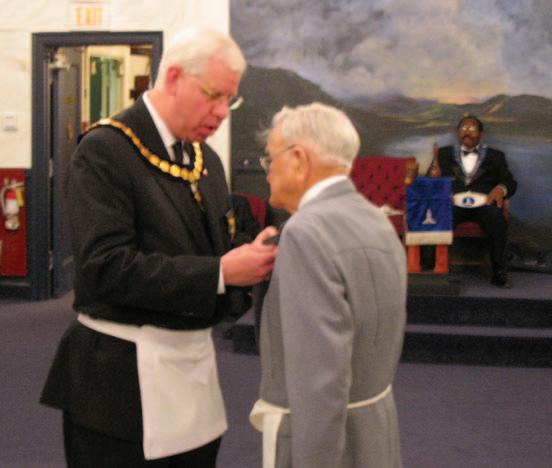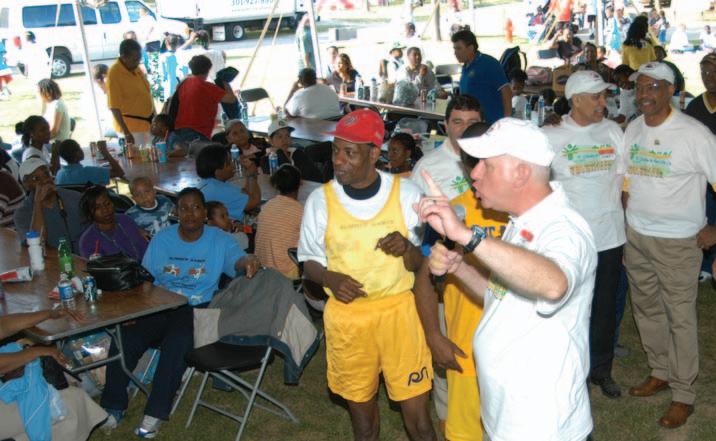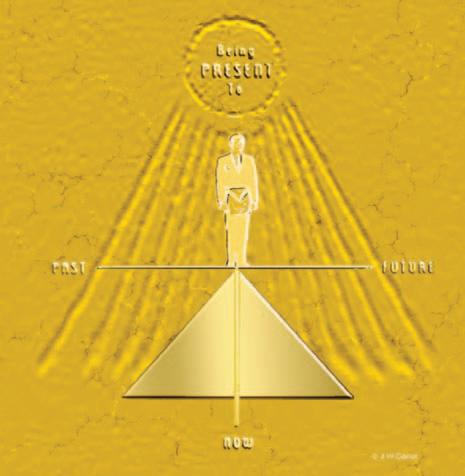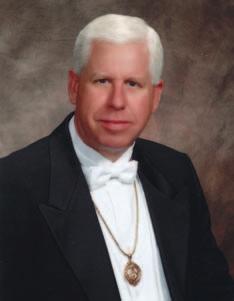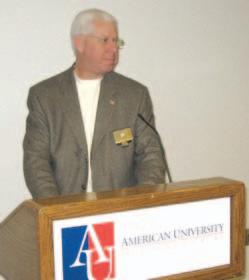SITUATIONAL OPPORTUNITIES AND PUBLIC AWARENESS
Situational Opportunities and Public Awareness Dean Clatterbuck n reflection upon the goals of the Masonic Information Center’s recently launched awareness effort, detailed elsewhere in this issue of the “Voice,” it seems incontrovertible that the image of the Craft, from the standpoint of members and non-members alike, reflects what Masons do, and conversely, on occasion, by what they fail to do. Hence it is important that the Craft, as it seeks to curry public favor, consciously strive to “accentuate the positive” while putting its plans and programs into action.
I
To accentuate the positive it may be necessary for the Masons of today to examine long held notions and conceptions, particularly those which have become, through time and fancy, irrevocable, hide-bound, and untouchable “traditions,” all too often immune to modification or adaptation. Nevertheless change is inevitable — in what we do and how we do it. Our institution, although private, has public obligations, which if properly and reasonably confronted, can be beneficial to our interests. For too long the good of Masonry has been concealed by policies prevailing in the Craft because of subjective interpretations of what Masonry demands of Masons. Such was the case in 1893, when the Grand Lodge of D.C. was invited and declined the opportunity to participate in a celebration marking the centennial celebration of the laying of the cornerstone of the U.S. Capitol. An explanation of this action may be instructive. It seems that on July 26, 1893, Grand Master L.C. Williamson convened the Grand Lodge to present the invitation he had received from the chairman of the committee appointed to plan the centennial affair. In the invitation the Grand Lodge and the subordinate lodges of the Grand Lodge were invited to participate in the celebration. The invitation stated that “It is the desire of the committee to extend to the Masonic fraternity such prominence as was accorded them at the laying of the cornerstone; to be given the right of line in the parade, and space at the Capitol for the Grand Lodge to perform such ceremonies as may be appropriate.”
In the discussion that evolved a number of resolutions were offered to facilitate participation in the event and all of them were referred to a committee to be appointed by the Grand Master, with instructions to report its findings, on the call of the Grand Master, as to the advisability of accepting the invitation. The committee was appointed and it unanimously supported acceptance of the invitation at a special communication called by the Grand Master on August 11, with only one reservation — that the celebration receive the sanction of Congress. Signing the report were four Past Grand Masters and two other members of the Grand Lodge. Past Grand Master Isaac L. Johnson, however, on hearing the report of the committee, immediately offered a substitute resolution in which he stated that it was an established custom that this Grand Lodge should not be assembled except for the purpose of doing Masonic work; nor take part in any public ceremonies except those of a purely Masonic character; and that before accepting an invitation to participate in any public ceremony, full control and direction of the Masonic work must be tendered to it by “competent and legal authority.” Brother Johnson then offered a resolution to decline the invitation unless the Grand Lodge was invited to participate “by Congressional authority” and under the conditions he had mentioned in his objection. Discussion on his substitute resolution was heated, we may assume, but it won the approval of the members of Grand Lodge on a vote of 59 yeas and 38 nays. The ceremony took place as scheduled, nevertheless, on September 18, 1893, in the presence of President Grover Cleveland, Vice President Adlai Stevenson, Charles Frederick Crisp, Speaker of the House of Representatives, and a host of Congressmen, Senators, Justices, Departmental Heads, and “a vast concourse of grateful people of the District of Columbia.”
The Voice of Freemasonry
23
